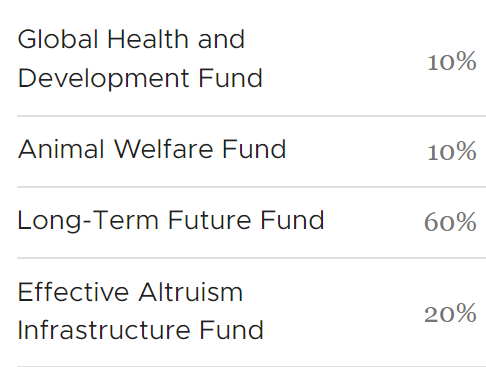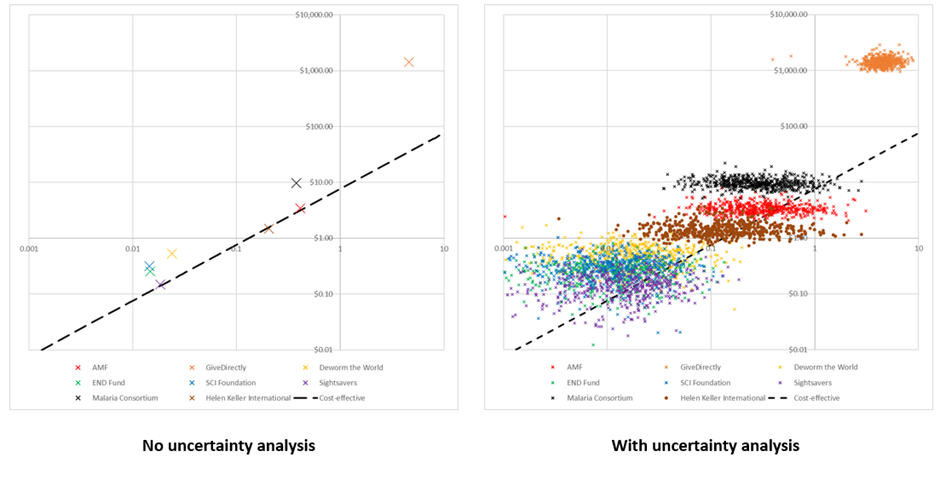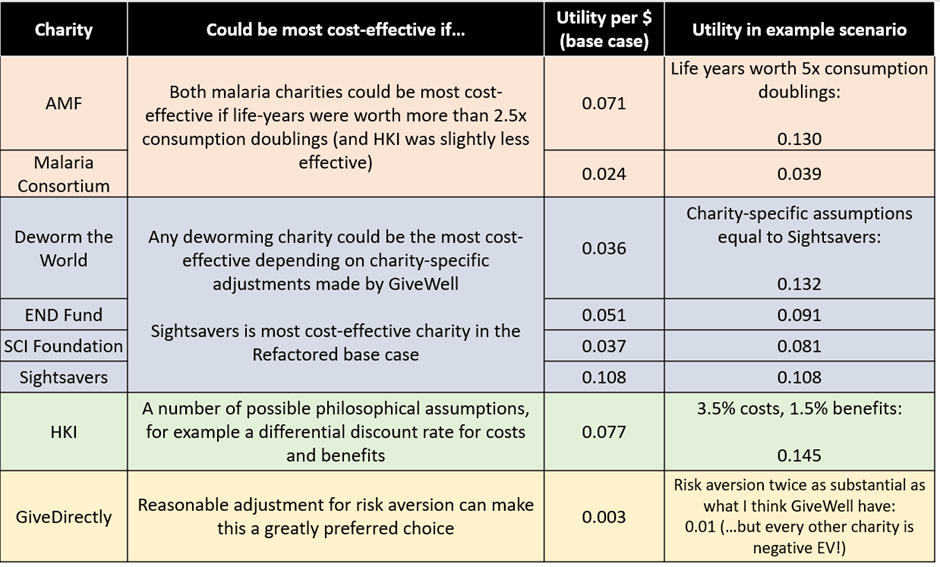This post[1] is intended as an open thread for anyone to share where you donated or plan to donate in 2022, and why.
I encourage you to share regardless of how small or large a donation you’re making! And you shouldn’t feel obliged to share the amount that you’re donating.
You can share as much or as little detail as you want (anything from 1 sentence simply describing where you’re giving, to multiple pages explaining your decision process and key considerations).
And if you have thoughts or feedback on someone else’s donation plans, I’d encourage you to share that in a reply to their “answer”, unless the person indicated they don’t want that. (But remember to be respectful and kind while doing this! See also supportive scepticism.)
Why commenting on this post might be useful:
- You might get useful feedback on your donation plan
- Readers might form better donation plans by learning about donation options you're considering, seeing your reasoning, etc.
- Commenting or reading might help you/other people become or stay inspired to give (and to give effectively)
Related:
- Effective Giving Day is coming up — November 28 — next week!
- Talk about donations earlier and more
- Previous posts of this kind:
As a final note: we’re enabling emoji reactions for this thread.
- ^
Adapted almost entirely from Where are you donating in 2020 and why?, with permission.





- Top line, donate ~25% of income, matching 2021 in nominal (not inflation-adjusted, which I should start doing) dollars. 83% of the way there.
- Took GWWC in 2018, so there's a 10% floor for EA organizations.
So far, Clean Air Task Force, GiveWell, and Against Malaria Foundation,
split roughly 4:3:3. The thinking here --
1) GiveWell and AMF are pretty high on effectiveness lists and have been consistently so. It's easy to understand what they're doing and they're solid defaults.
2) Clean Air Task Force is a new thing for me, an EA-ish organization that takes on policy interventions and lobbying even. I do sometimes find it hard to figure out what they're doing as distinct from RMI or RFF, say; but they're well regarded in climate circles and recently in EA lists, so it was worth adding this year.
3) I've found it easier to start with donations where I can understand the impact. I'd like to build up ambition - both on the giving-amount and being-comfortable-with-failure axes, but have slowly done only the former. Would like to do the latter, Ackva's writing on this has been a good "do better" call for me.
Open questions -
1) Giving Green recommended Evergreen Collective (the 501c3) but didn't take a position on the 501c4, Evergreen Action. What do folks think about them?
2) How do you begin to evaluate lobbying for specific legislation or rule-making? First order effects are easy, but often what passes through a process only vaguely resembles what was advocated-for; there's a kind of "put the ball in play" effect I'm interested in capturing w/ this question.
3) In the past I've given to Nuclear Threat Initiative and associated organizations (Arms Control Association, Center for Arms Control and Nonproliferation, ...), but I did so for reasons that had nothing to do with X-risk. How do you evaluate or compare anything in this space?
- I'm just a baby EA, so I do a lot of giving outside of EA. Remainder is primarily to US state-level climate policy organizations, roughly weighted by - 1) a state's grid emissions intensity; 2) organization's
capacity to intervene in regulatory proceedings (evidenced by prior interventions); 3) my ability to evaluate the organization. Primarily focused on Fresh Energy (MN), Climate Solutions (WA), Montana Renewable Energy Association (MT), Western Resources Advocates (intermountain west). Two national organizations - Carbonplan and Union of Concerned Scientists. Former because the quality of the data they produce has caused some rethinking, latter for legacy reasons.